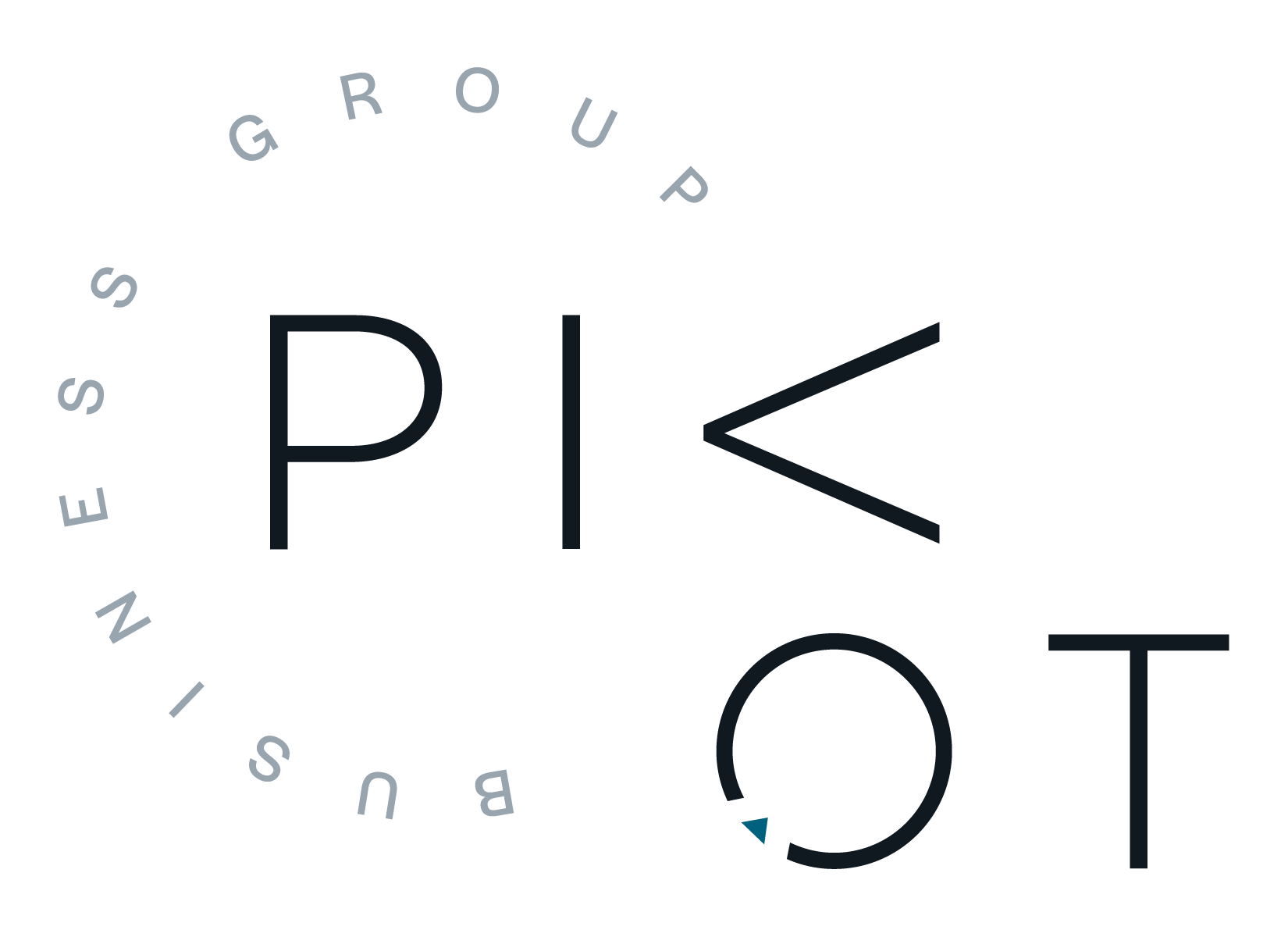Quarterly Tax Payments: Avoiding Penalties and Stress
Quarterly tax payments are a must for most business owners—but how they’re calculated, when they’re paid, and how much you owe is often more of an educated guess than a science. In this week’s episode of the Pivot to Profit podcast, tax strategist Alexis Sidney breaks down the myths, mechanics, and best practices around quarterly tax payments, including why the cookie-cutter approach may be costing you money.
Why Quarterly Taxes Matter (Even If No One’s Chasing You)
Quarterly estimated taxes are due four times a year—April 15, July 15, October 15, and January 15—for both federal and often state taxes. These payments are designed to cover your anticipated net income throughout the year.
While the IRS doesn’t enforce these payments in real time, they do penalize you after the fact. If you underpay during the year, you could be hit with penalties when you file your return. For example, underpaying by $10,000 might result in a penalty of $600 to $800—an avoidable cost with the right planning.
Cookie-Cutter vs. Custom: Which Approach Are You Using?
Most business owners rely on generic vouchers or the default strategy of dividing last year’s liability by four. But Alexis points out that this “cookie-cutter” method ignores your current-year projections and any new tax strategies you’ve implemented.
A smarter approach: work with a tax strategist to calculate payments based on real-time financials. This allows you to manage cash flow, minimize penalties, and optimize how and when you use your funds.
💡 Pro Tip: A simple guideline is to set aside 15% of your net profit each quarter. But your unique tax profile could demand more precise calculations.
Avoiding the Most Common Tax Mistakes
Quarterly payments are only one piece of the puzzle. Many entrepreneurs accidentally trip up by:
Confusing tax types – like estimated, payroll, and sales taxes
Assuming W-2 withholdings from side income or spousal jobs cover business liabilities
Misapplying payments to the wrong IRS account
Failing to track expenses, which inflates your apparent profit (and tax bill)
Good bookkeeping isn’t just for year-end reports—it’s the foundation of every sound tax strategy.
How to Stay Ahead: Best Practices for Business Owners
Here’s how to stay proactive instead of reactive with your quarterly taxes:
Review financials and tax strategies quarterly with a professional
Ensure accurate bookkeeping to reflect true net profit
Use IRS Direct Pay correctly to avoid misapplied payments
Balance cash flow vs. penalty exposure when deciding how much to pay
Understand safe harbor rules to shield yourself from penalties (100% of last year’s or 90% of this year’s expected tax)
Your Next Steps
If you’re unsure whether you’re overpaying or underpaying, now’s the time to assess your tax game plan:
✅ Schedule a quarterly review with a tax strategist
✅ Evaluate your current year’s net profit projections
✅ Ensure your books are clean and up to date
✅ Adjust your payment amounts based on evolving business goals
Want clarity and confidence around your taxes?
Tune into this episode with Alexis Sidney and get the insight you need to make your next payment with precision, not guesswork.

